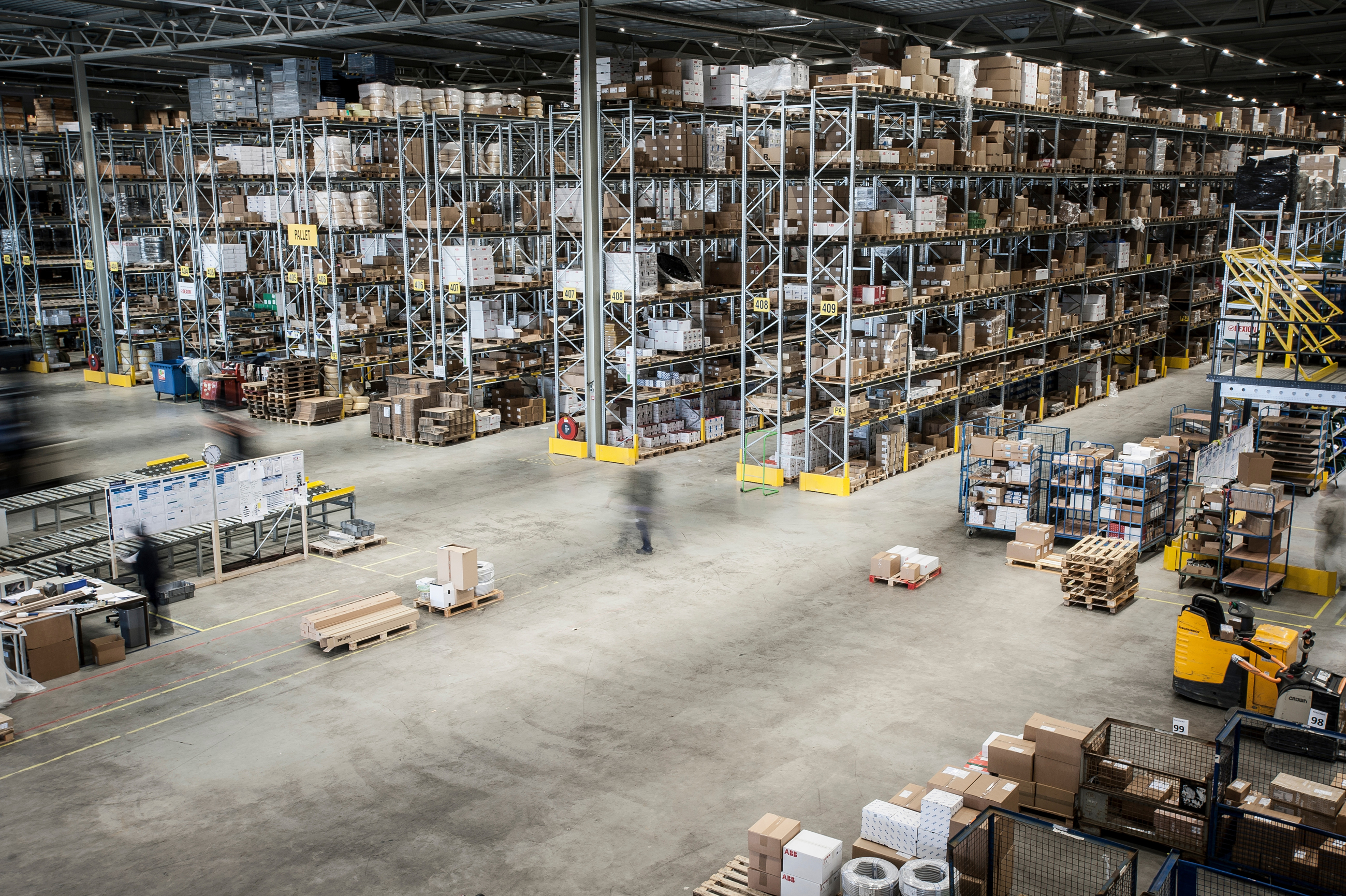 COVID-19 has placed greater demand on warehousing and distribution than ever before
COVID-19 has placed greater demand on warehousing and distribution than ever before
To maximise profitability, supply chains need to be as efficient as possible. However, the COVID-19 pandemic has posed significant challenges for supply chains, exposing vulnerabilities and magnifying problems that already existed in the supply chain.
In the aftermath of this disruption businesses need to find ways to make their supply chains more resilient, collaborative, and networked with customers, suppliers, and other stakeholders.
Optimised MRP
Warehousing and distribution are integral parts of the supply chain management system. In both manufacturing and buy-to-sell businesses, Material Requirements Planning (MRP) enables companies to plan material requirements for a manufacturing or procurement process based on the evaluation of existing inventory, demand and changing planning parameters such as lead time determination, make or buy decisions, and holiday planning.
“Storing excessive materials or goods ties down capital and limits the ability to react to changing conditions,” says Heinrich de Leeuw, Managing Director, Seidor South Africa. “With SAP Business One MRP we enable businesses to calculate requirements based on existing inventory, sales orders, purchase orders, production orders, forecasts, and more. We implement MRP in a way that provides structure, but is still flexible, creating that vital balance between supply and demand.”
Benefits of WMS (warehouse management system)
SAP Business One, coupled with advanced WMS, also enables companies to drive efficiency in the supply chain with optimised warehouse management. “The WMS transforms logistics processes into operations that drive productivity and profitability in the supply-chain,” says De Leeuw. “It supports multiple warehouses and operators, processing high volumes of transactions. Whether it’s simple inventory transaction processes, or customer focused inventory allocation strategies, the WMS manages batch attributes, and complete backward and forward traceability.”
Inventory management made simple with SAP Business One:
1. Scan Goods at the Warehouse on Arrival and Departure
Scanners connected to the internet scan items within the inventory and get detailed information about its movement. That information is displayed across every system connected to SAP Business One within the business.
2. Integrate Accounting, Warehouse, and Production Management
Even using disparate solutions which manage separate departments in the business, SAP Business One can connect each one seamlessly, so that data is syncronised in one easily accessible dashboard. This is ideal for businesses that require in-depth insight to every single process, from financial, accounting, and production data.
3. Use the Dashboard and Forecasting
Whether wanting to see a portion of data or the whole picture of the business, warehouse, or distribution centre, SAP Business One allows for the search and filtering of data. With General Overview in the web client, sales, inventory, gross profit, open sales, and more can be seen.
4. Automate Sales Order Entries
SAP Business One could automate the entire order process, linking sales orders and inventory data in real-time. Any device, can easily be used to check if orders can be fulfilled and that enough inventory remains. When an order is received, the system scans the items within the warehouse. Once the order has been packaged and shipped, the data is registered with SAP Business One, making inventory management less time-consuming and more accurate.
5. Integrate Warehouse Solutions to the Courier or Freight Service
By integrating applications for the chosen courier or freight service, most of the delivery process can be automated, giving up-to-date tracking information, and ensuring packages reach the customer.
6. Ensuring Appropriate Stock Levels
SAP Business One can assist with purchase planning, so that reminders can be set to reorder a product when necessary. Detailed reports also highlight what is needed and when, which ensures sufficient time to order and receive the product before running out of stock.
The warehouse management system offers improved functionality to help manage detailed warehouse data, track and record stock movements, and execute production orders, inventory and management. Where necessary, SAP Business One could be configured to easily integrate into suppliers’ third-party systems.
“The software monitors every change and consistently updates costs and quantity. It eliminates the need for manual inspection and reduces accounting errors. It also enables users to roll out warehouse mobility; employees can use smartphones or tablets to access SAP Business One from anywhere. It is easy to extend capabilities to mobile salespeople so that they can prepare quotations and capture order on their devices, and proof of delivery is paperless.”
De Leeuw says that Seidor Africa recently won a proof of business case to develop an IoT-based stock management system. This solution is in the pipeline and is seen as a key milestone for Seidor Africa in the journey towards the intelligent enterprise.
Looking to the future, warehousing will have to manage unpredictable demand. Using a combination of material handling technologies and software solutions, they can more easily handle peaks and drops in order demand, so that managers can forecast and schedule all resource needs, making business more resilient.
“Warehouse automation has been gaining traction for years,” says De Leeuw. “COVID has sped up its adoption. As warehouses cope with adjusting inventory counts, making space for work in process, and speeding up order delivery, more businesses will turn to automated storage and retrieval systems to help improve their efficiencies.”



